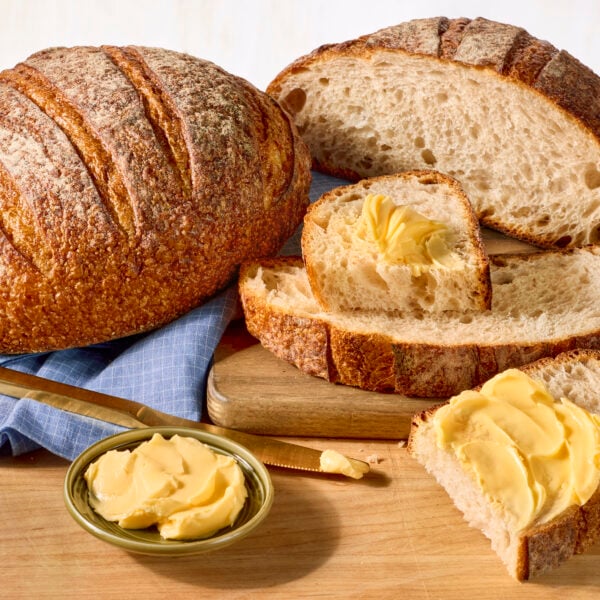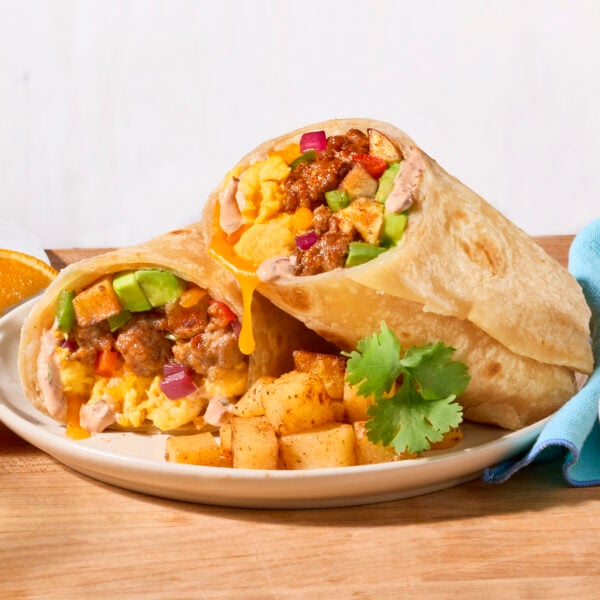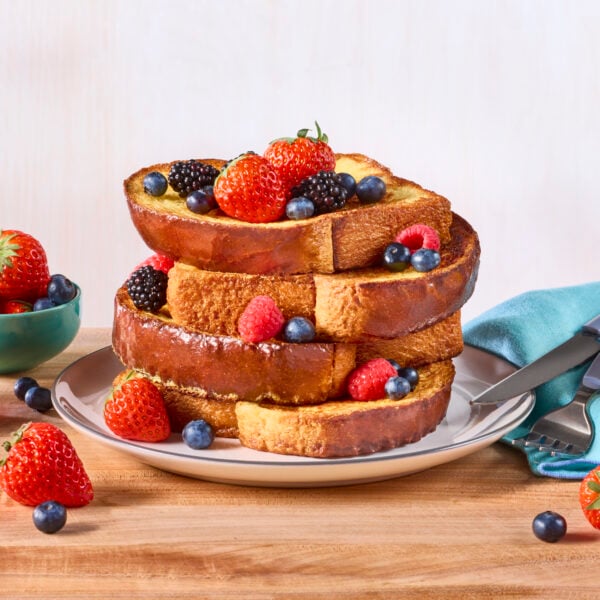Learn how to make eggs over medium with firm whites and a slightly set, runny yolk for a quick, classic breakfast.
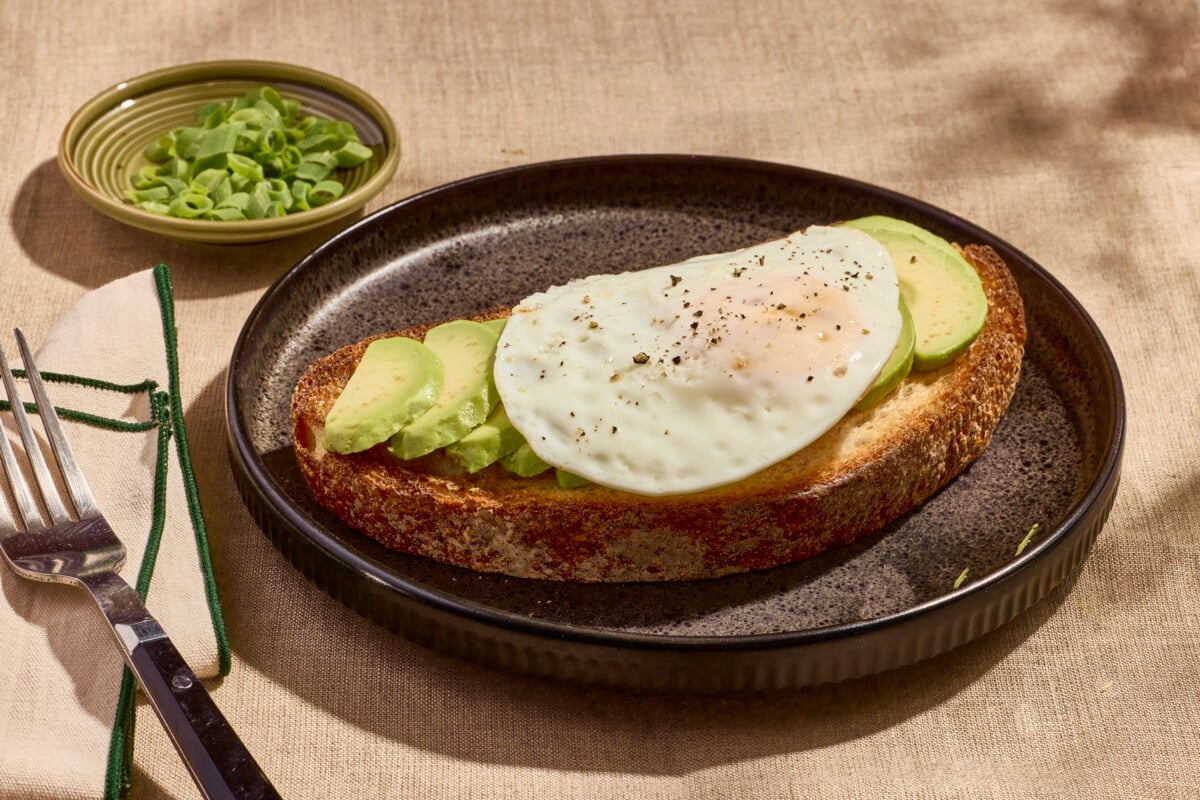
Over medium eggs are a timeless, classic breakfast that I can usually count on when serving a crowd. Quick to make, they’re perfect for pairing with an English muffin or toast. Plus, thanks to the use of butter instead of oil, my version has a slightly richer taste than most. With my tips and tricks, you’ll learn how to fry eggs like a pro!
Ingredients and Notes
See the recipe card below for the complete ingredients list and instructions.
- Butter – I prefer to cook eggs with butter instead of olive oil or avocado oil for a richer flavor.
- Eggs – For the best taste and presentation, make sure to use fresh eggs. To test your eggs, gently place them in a bowl of water. If they sink, you’ll know they’re fresh. Older eggs float and are best used for hard boiled eggs.
- Salt and Pepper – Add more or less to taste.
How to Make Eggs Over Medium
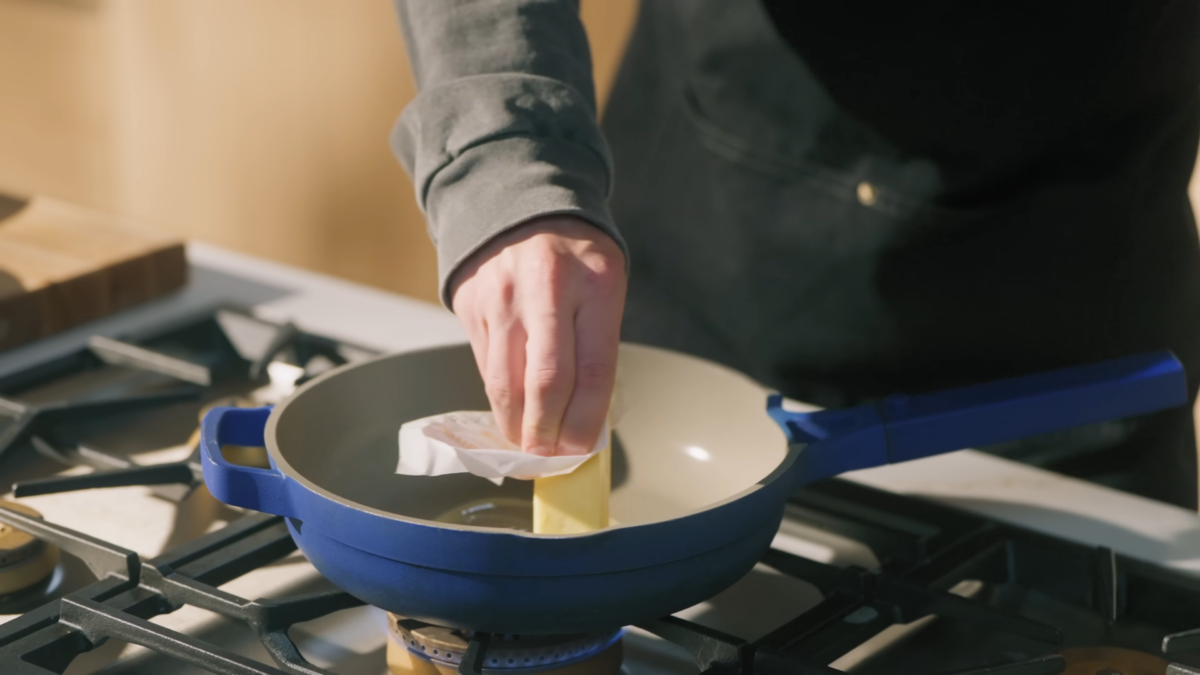
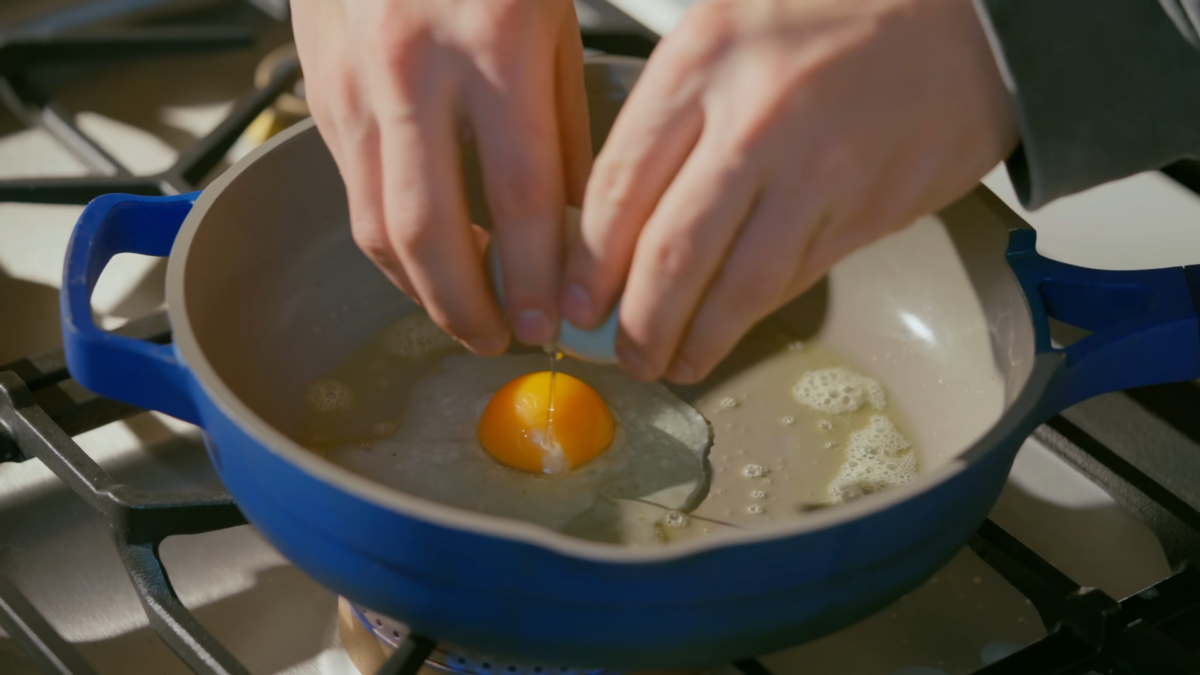
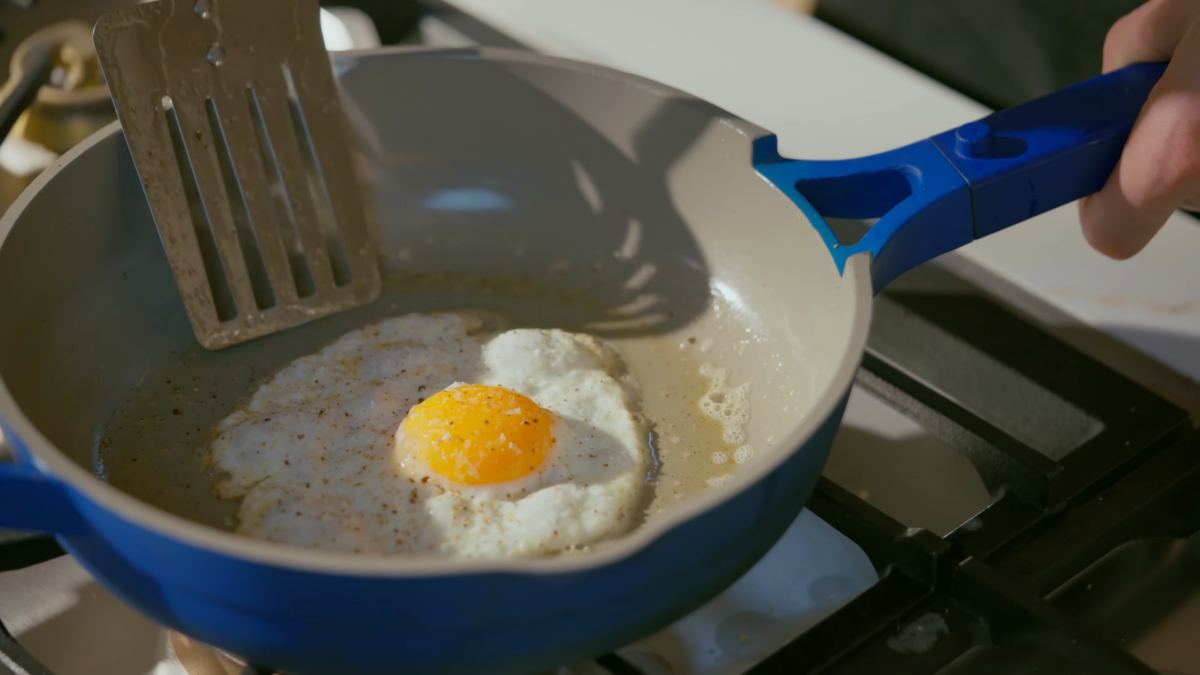
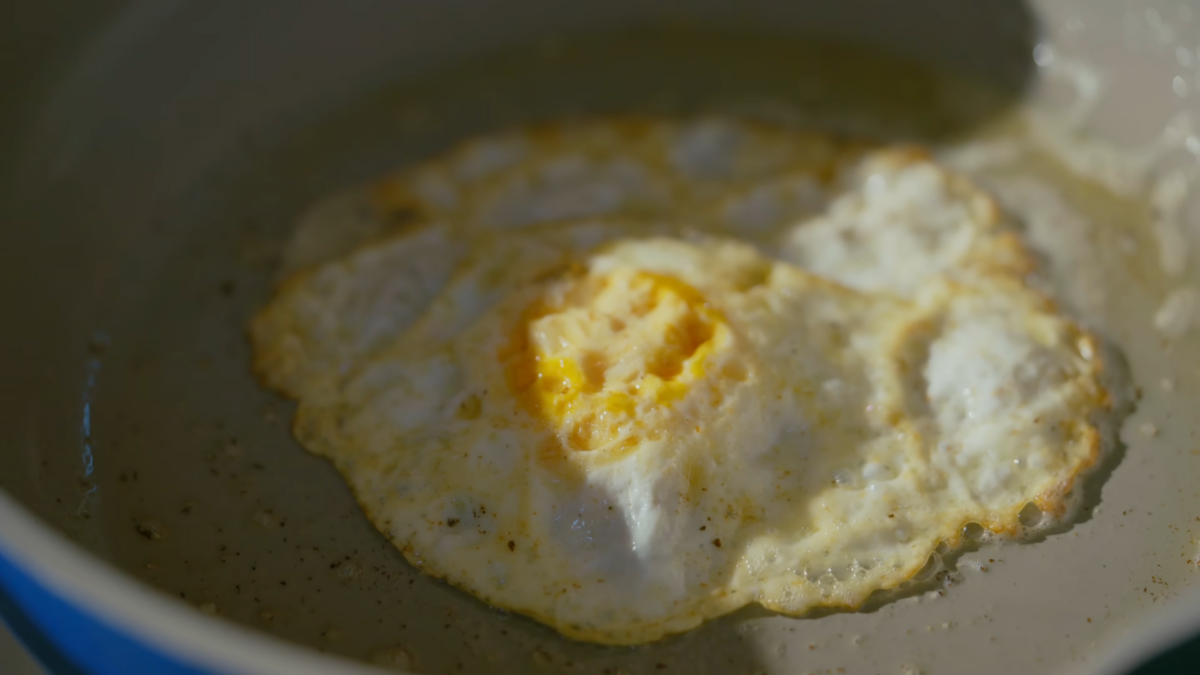
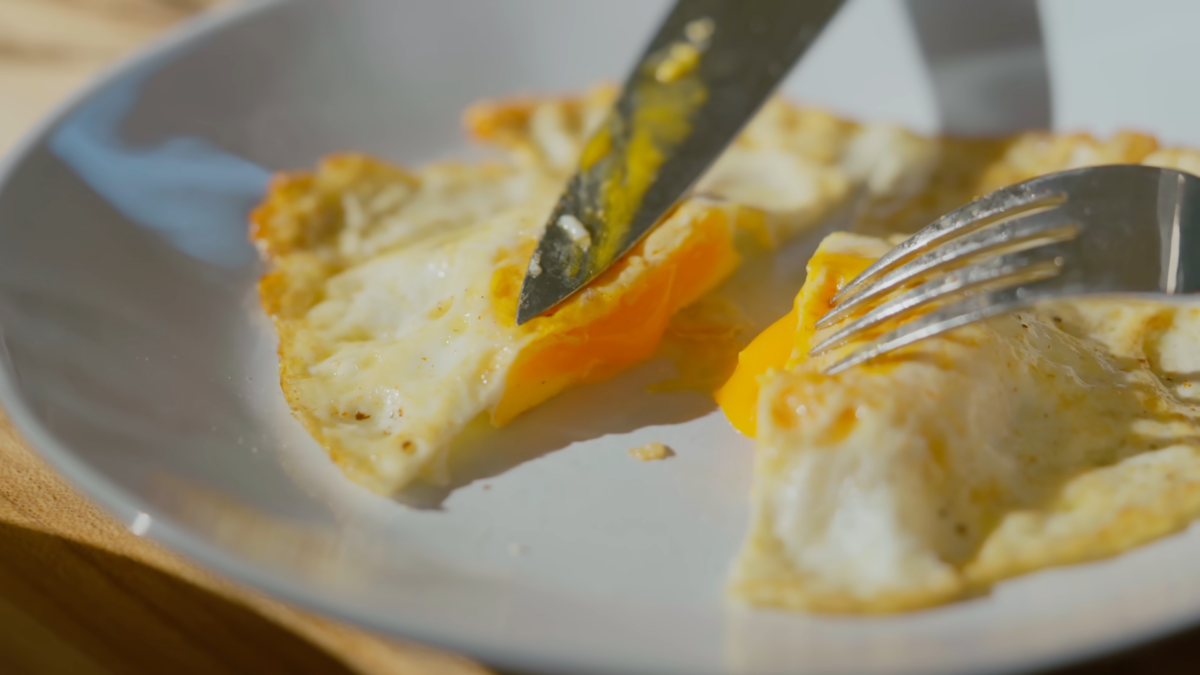
Nick’s Tips for Success
- Use a nonstick pan. This prevents the egg from sticking to the bottom, which can cause it to overcook and make it easy to break the yolk.
- Make sure your eggs are fresh. Fresh eggs hold their shape better, which reduces the risk of breaking the yolk. To test the freshness of your eggs, gently place them in a bowl of water. If they sink, you’ll know they’re fresh. Older eggs sink to the bottom and are best used for hard boiled eggs.
- Crack the egg close to the base of the pan. This reduces the risk of the yolk breaking or shell fragments breaking into the egg.
- Work quickly, but don’t rush. If you flip your eggs too soon, you’ll have over easy eggs instead of over medium and will be left with a slightly runnier yolk.
Serving Suggestions
My favorite way to serve these eggs is with lots of chili oil or chili crisp on top. However, they’re also great with options like:
- Toast
- Bagels
- Pancakes
- Waffles
- Bacon
- Sausage

Over Medium Eggs Recipe
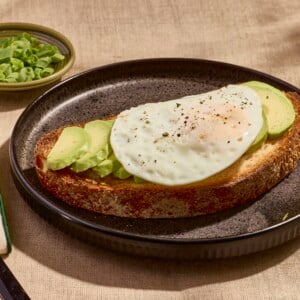
Equipment
- 1 Small Nonstick Skillet with a Lid
- 1 Silicone Spatula
Ingredients
- 1 tablespoon (14 gram) butter
- 1 large egg*
- kosher salt to taste
- black pepper to taste
Instructions
- Heat a small nonstick skillet over medium heat, and add the butter, allowing it to melt.1 tablespoon butter
- Once the butter is lightly sizzling, crack the egg into the skillet, and season with salt and pepper.1 large egg*, kosher salt to taste, black pepper to taste
- Baste the egg with any excess butter to help cook the top egg whites.
- Cook for two to three minutes, or until the edges of the egg turn lacy and golden brown. Then, gently turn the egg with a silicone spatula, and cook for one to two minutes or until the egg yolk is slightly firm, but still a bit soft.
- Remove the pan from the heat and transfer to a plate to serve.
Video

Notes
- *Use fresh eggs for the best results. To test your eggs’ freshness, place them in a bowl of water. Fresh eggs sink, and older eggs float.
- Storage: Technically, you can store eggs over medium for up to three days, but I don’t recommend it. According to the FDA, cooked eggs should be reheated to 165°F before serving. This causes the yolk to become hard and results in rubbery whites.
Nutrition
Nutrition information is automatically calculated, so should only be used as an approximation.
 Like this recipe? Rate & comment below!
Like this recipe? Rate & comment below!Frequently Asked Questions
Over medium eggs are cooked just a little longer than over easy eggs. This creates a yolk that is slightly firm around the edges with a soft, jammy texture. Meanwhile, over easy eggs have a very soft, runny yolk.
I like to use my finger to gently prod the egg yolk. I know it’s done when the edges are set and the center still moves.
